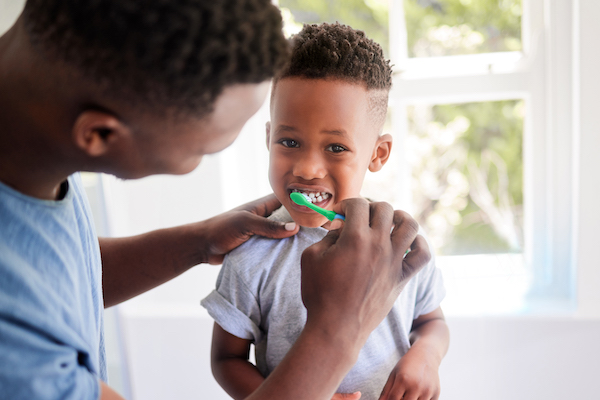Oral Health Social Media Messages
Find social media messages and graphics to help spread the word about good oral health practices.
 These resources address practices that keep the mouth clean and healthy, preventing tooth decay and gum disease. Topics include brushing with fluoride toothpaste, flossing (when the teeth touch), and regularly visiting the dentist.
These resources address practices that keep the mouth clean and healthy, preventing tooth decay and gum disease. Topics include brushing with fluoride toothpaste, flossing (when the teeth touch), and regularly visiting the dentist.
Find social media messages and graphics to help spread the word about good oral health practices.
The tip sheet provides oral health best practices for infants, toddlers, and young children. Review information on how to handle basic oral health emergencies.
This fact sheet provides tips to help families ensure that their children's oral health begins in infancy.
Program staff and families are encouraged to explore where and how the Performance Standards address oral health.
Baby (primary) teeth are a child’s first set of teeth and by age 2½ to 3 years old, all 20 baby teeth will have come into the mouth. Taking care of a child’s baby teeth is important for their overall health and development.
There are several important ways to make teeth strong and prevent tooth decay. These include brushing with fluoride toothpaste and having a health professional apply fluoride varnish.
These resource materials can help families learn about oral health for pregnant women, infants and young children. Topics include dental visits, fluoride, nutrition, oral health care, oral hygiene, and safety and emergency first aid.
The tip sheet provides oral health best practices for infants, toddlers, and young children. Review information on how to handle basic oral health emergencies.
Here is information for Head Start staff and others on oral diseases and injury prevention.
A baby’s teeth start coming in at about 6 to 10 months old and it’s important to take care of their teeth. Learn about what you can do to keep baby teeth healthy.